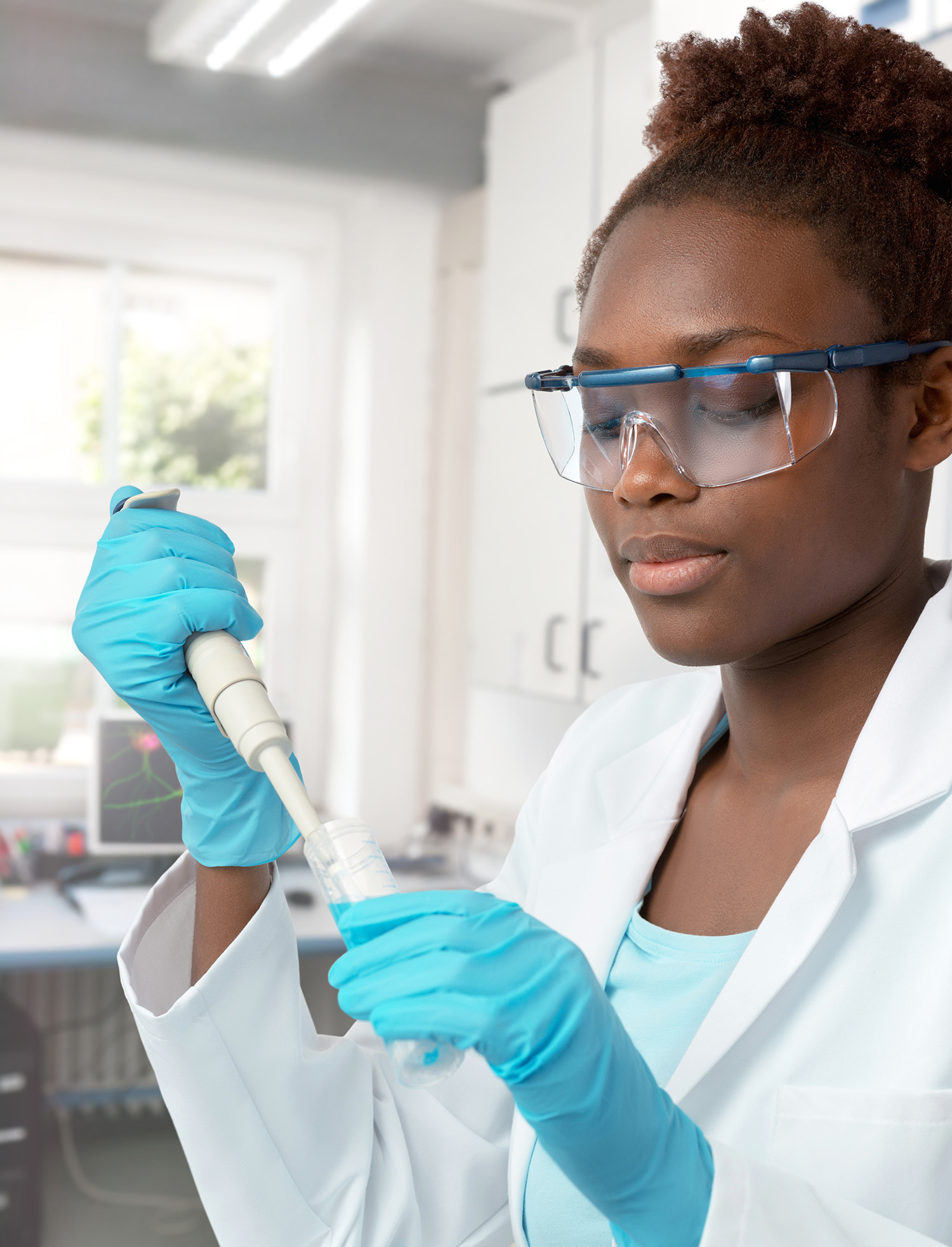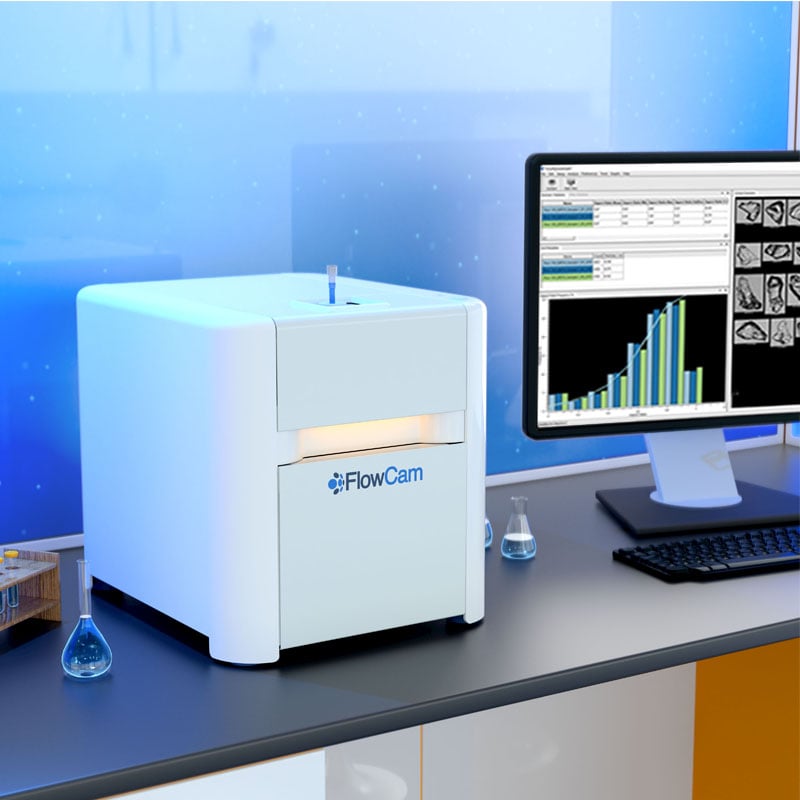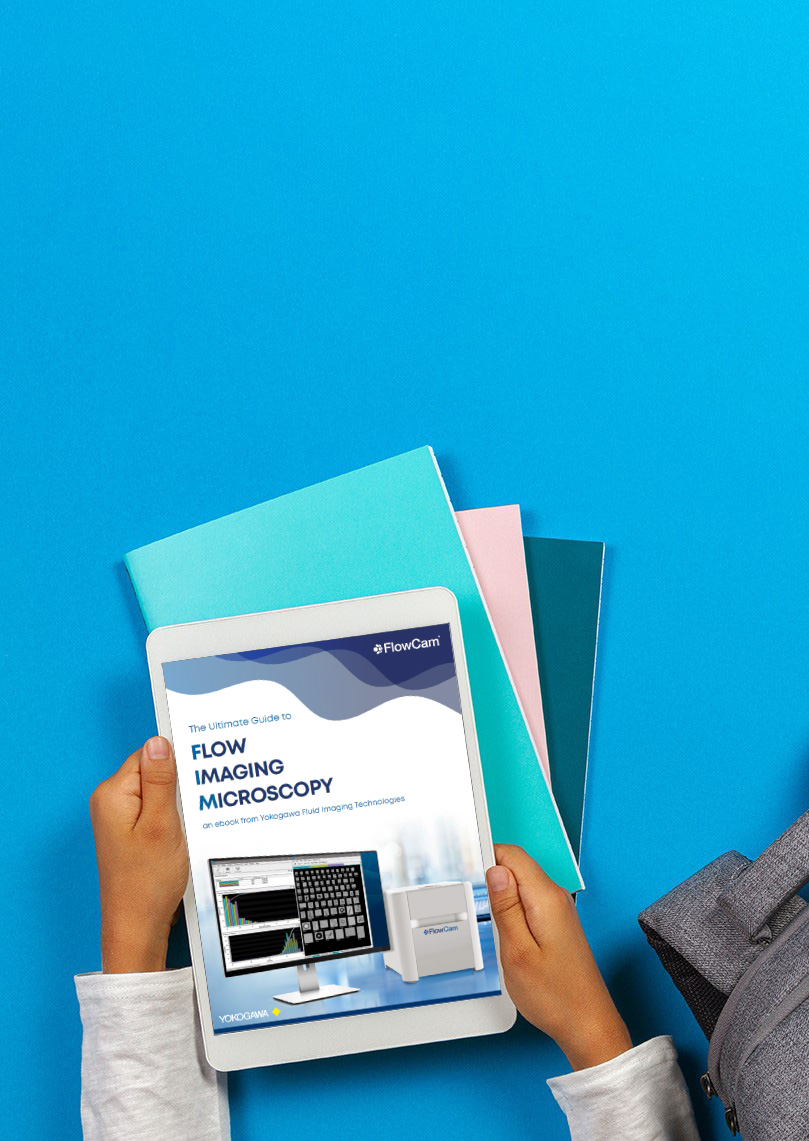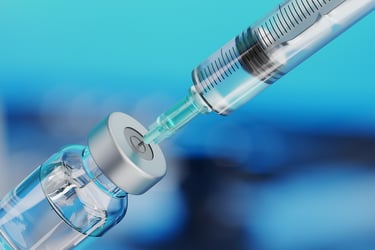
A new white paper from the Japan Biopharmaceutical Consortium provides compelling validation for what many in the field already suspect: flow imaging …
Read Post
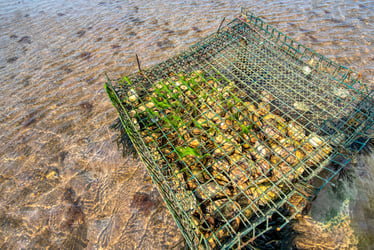
Shellfish hatcheries are the foundation of a thriving aquaculture industry. This is particularly evident at Georgia’s only hatchery, housed at the …
Read Post
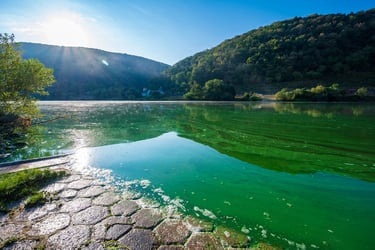
HAB season is upon us. Harmful algal blooms (HABs) are natural phenomena that seriously impact ecosystems, human health, and local economies. While …
Read Post
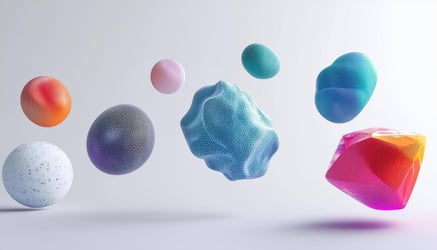
Particle characterization plays a crucial role in fields like pharmaceuticals, environmental science, and material engineering. While particle size …
Read Post
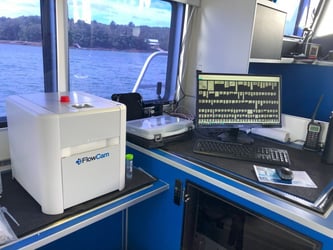
Embarking on a research cruise is an exciting yet challenging endeavor, especially when it involves using analytical instruments like the FlowCam …
Read Post
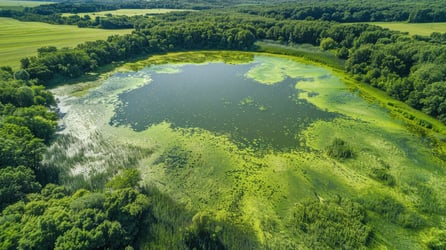
Eutrophication, a process where a body of water becomes overly enriched, is an ecological challenge that threatens the vitality of aquatic ecosystems …
Read Post
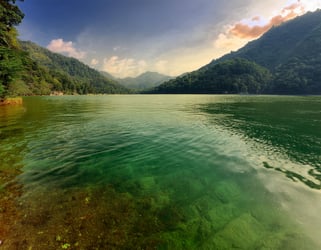
Harmful algal blooms (HABs) present a growing challenge for water resource managers, ecosystems, and communities. Identifying algae, particularly …
Read Post
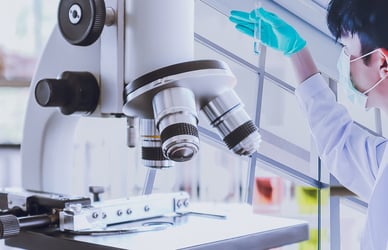
Particle size and shape analysis are critical across numerous industries, including pharmaceuticals, environmental monitoring, advanced materials, …
Read Post
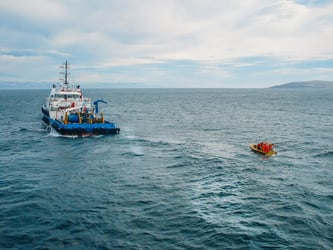
Studying Marine Zooplankton Communities with FlowCam: A Conversation with Kathryn Cook, PhD Zooplankton have fascinated scientists in the field of …
Read Post

The Role of Advanced Microscopy in STEM Learning Incorporating cutting-edge technology into STEM education is crucial for preparing students for …
Read Post
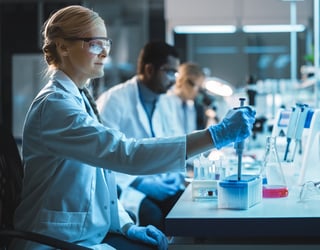
Flow Imaging Microscopy (FIM) via FlowCam plays a crucial role in biotherapeutic development by providing a tool for quantifying and characterizing …
Read Post

Cyanobacteria have the potential to produce harmful toxins, which can have adverse health effects on humans and animals. Monitoring tools are needed …
Read Post


